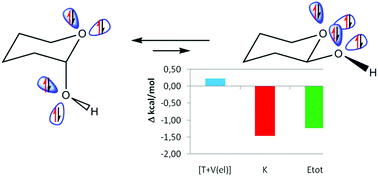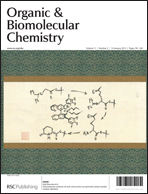The origin of the anomeric effect has remained an open question. After Mo demonstrated that hyperconjugation is not responsible for the anomeric effect [Y. Mo, Nature Chem., 2010, 2, 666.], electrostatic interactions and Pauli repulsions have been at the center of this debate. In this work, the total energies of the most stable rotamers of the equatorial and axial anomers of fluoro, hydroxyl, cyano and amino groups in cyclohexane and 2-substituted tetrahydropyran rings are decomposed into their fundamental kinetic, electrostatic and exchange components. In this partitioning scheme, the differences in the total energies among the most stable rotamers of each anomer correlate very well with the differences in the exchange components, revealing that the anomeric effect has no electrostatic origin. Indeed, the anomeric effect is dominated by the exchange energy. This proposal for the origin of the anomeric effect brings new insights that, once incorporated, may improve qualitative chemical models. Implications of this new proposal for the origin of the anomeric effect on geometric parameters and solvation are also discussed.

You have access to this article
 Please wait while we load your content...
Something went wrong. Try again?
Please wait while we load your content...
Something went wrong. Try again?


 Please wait while we load your content...
Please wait while we load your content...